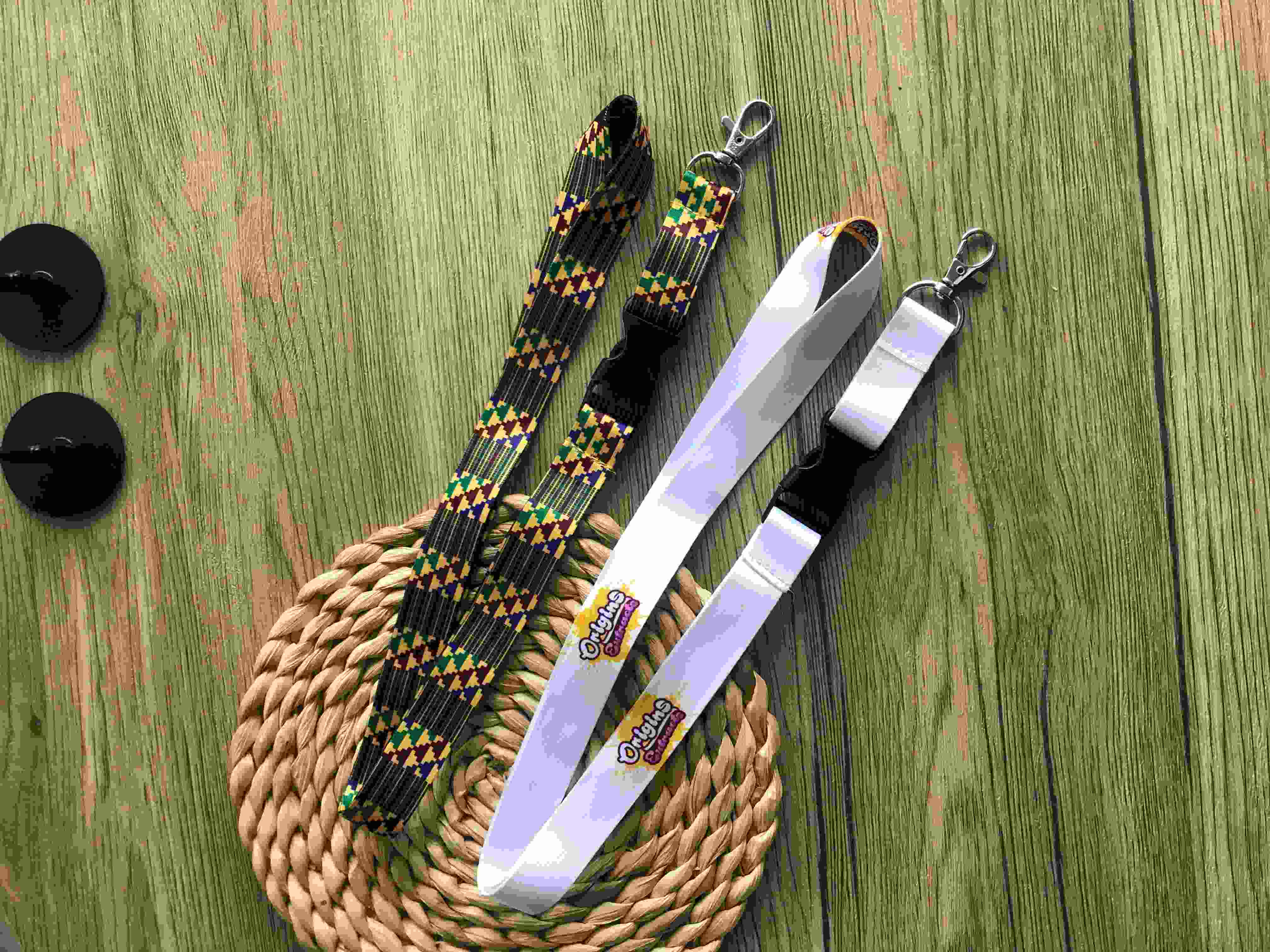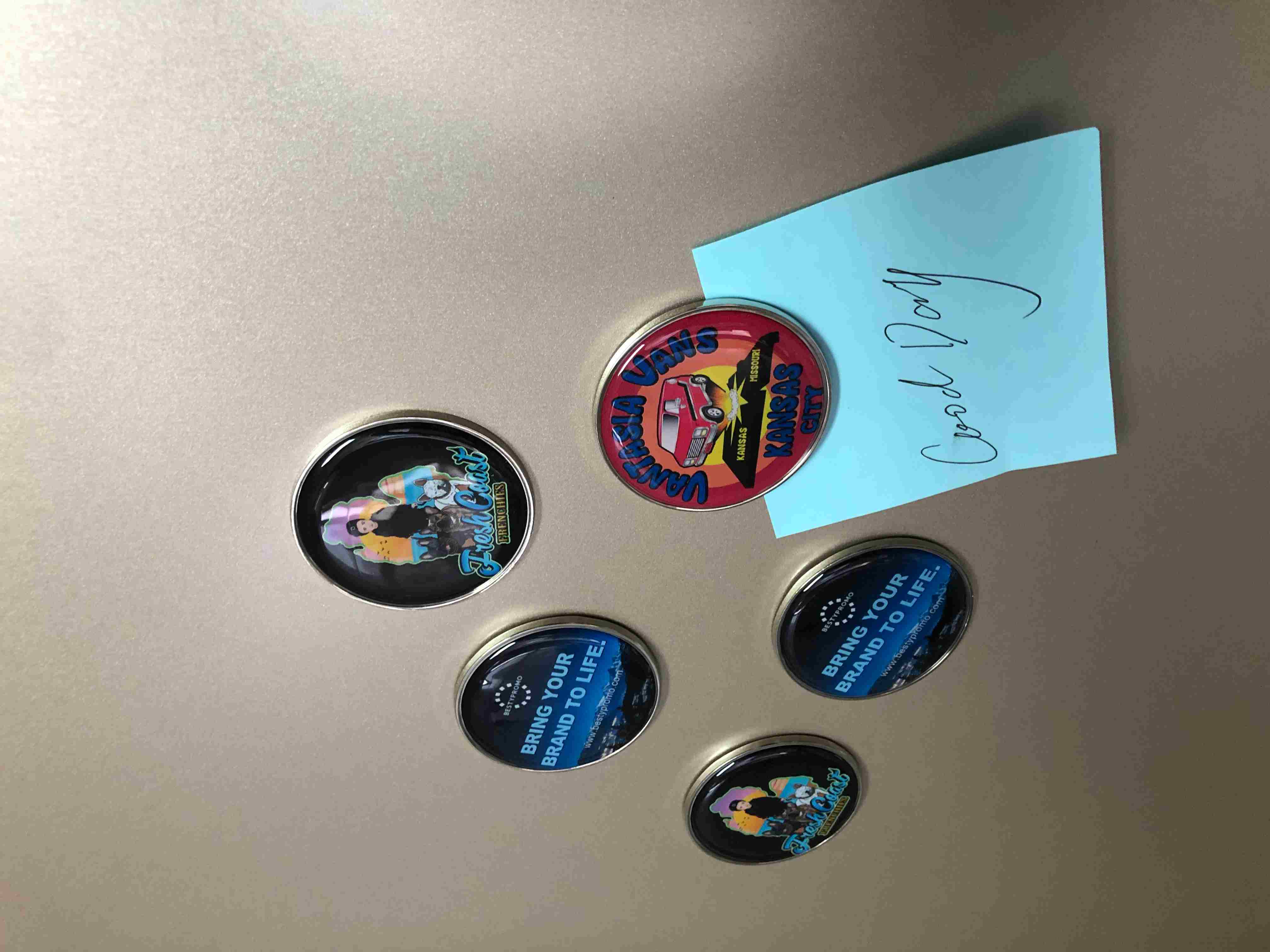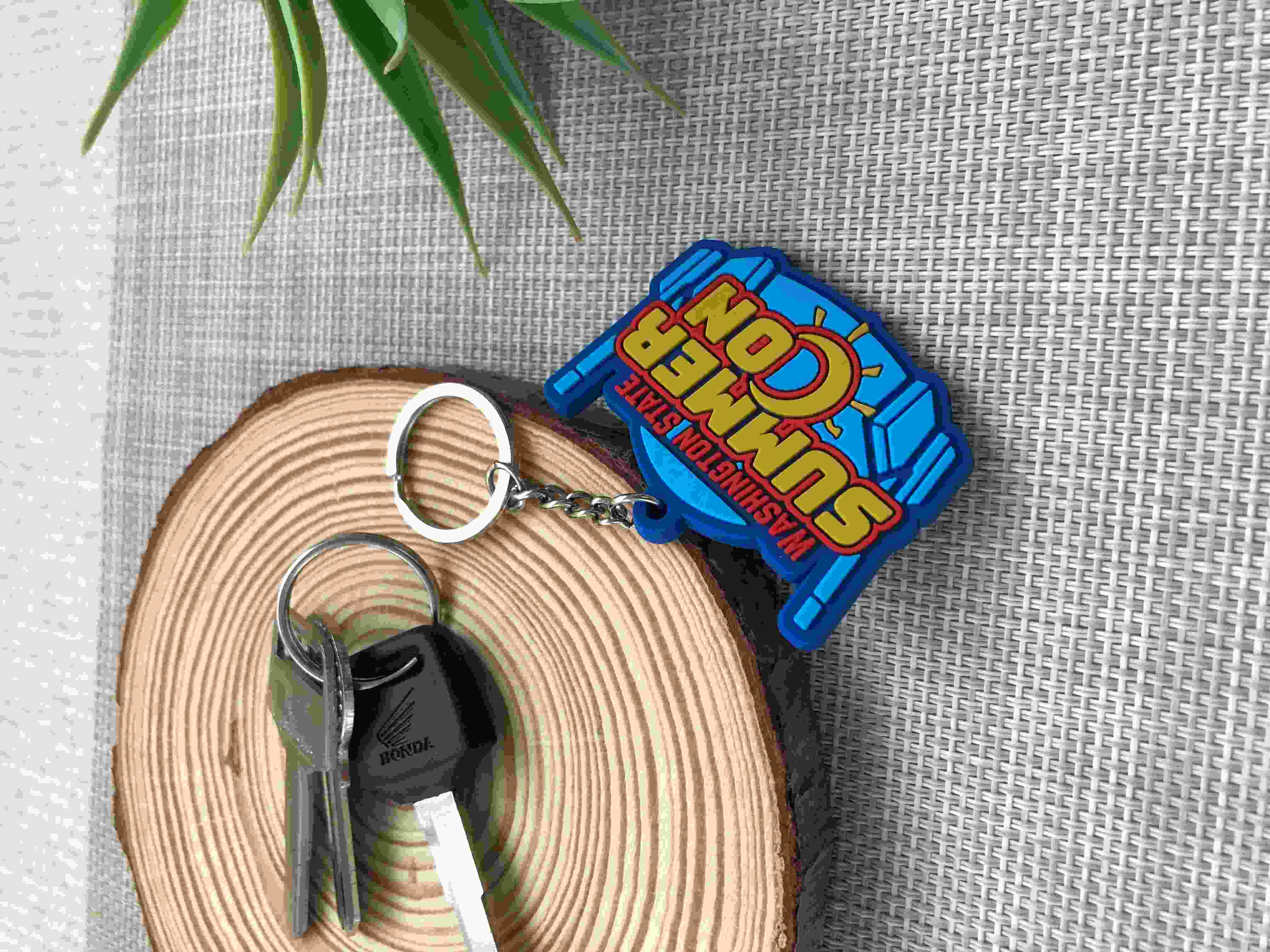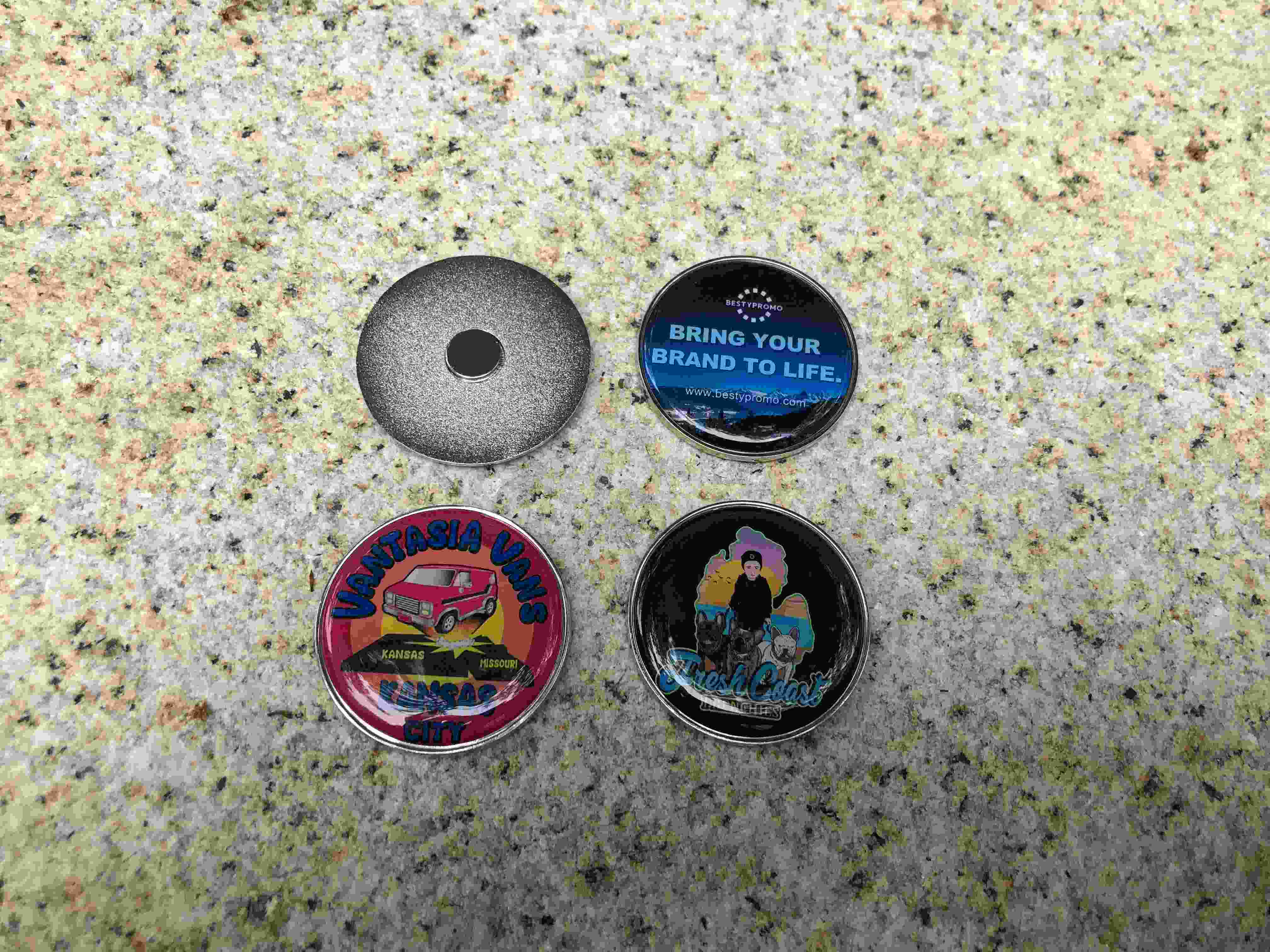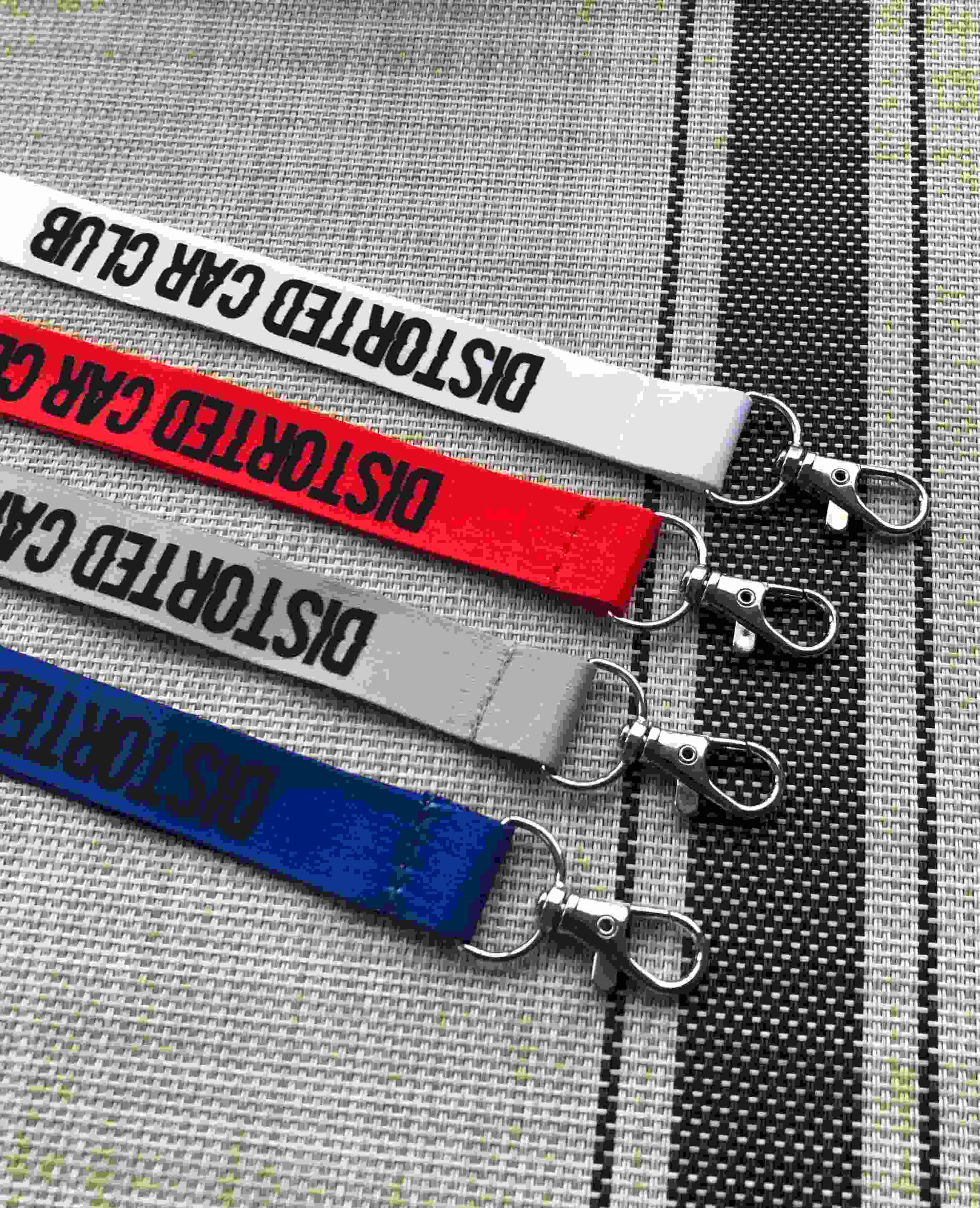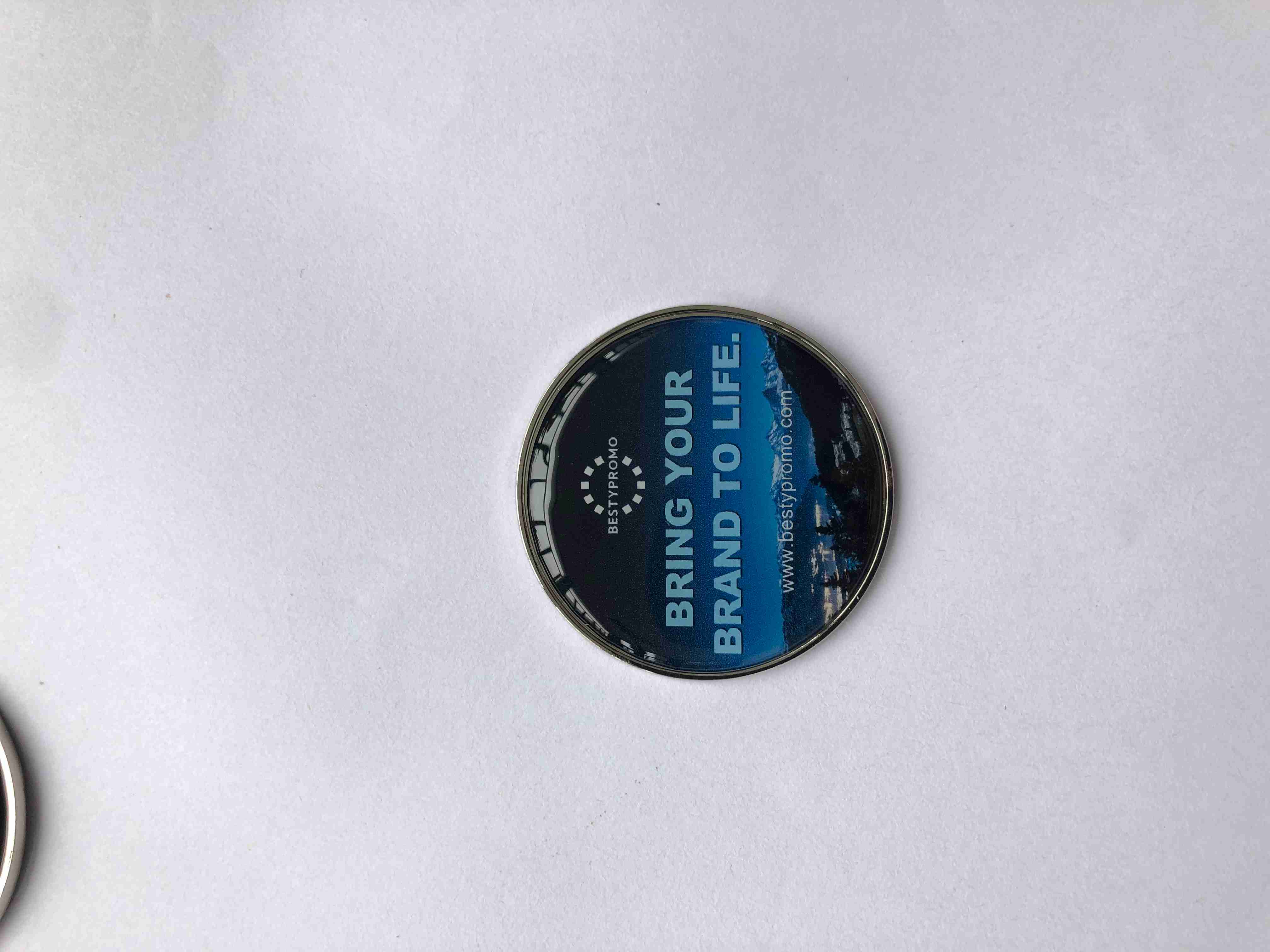Crafting is a valuable skill that brings creativity and functionality together. Our platform is dedicated to providing comprehensive guides to various crafting projects, allowing users to create personalized, high-quality items. One such project is making a paracord lanyard, a durable and versatile accessory ideal for outdoor enthusiasts, professionals, and everyday use. This article will walk you through the eight essential steps to creating a paracord lanyard, ensuring you have all the information needed to complete the project successfully.
Understanding the Basics of Paracord and Lanyards
Before starting the project, it is essential to understand the materials you will be working with. Paracord, also known as parachute cord, is a lightweight nylon rope originally used in parachute suspension lines. It is known for its strength, flexibility, and durability, making it ideal for crafting lanyards. Our platform provides detailed information on different types of paracord, including various thicknesses and colors, so you can choose the best option for your project.
A lanyard is a cord or strap worn around the neck, shoulder, or wrist to carry an item such as keys, identification cards, or tools. Paracord lanyards are especially popular for their rugged appearance and functional utility. Our platform offers various tutorials on creating different styles of lanyards, but this guide will focus on a basic, easy-to-follow pattern suitable for beginners.
Step 1: Gather Your Materials
The first step in making a paracord lanyard is to gather all the necessary materials. You will need:
Paracord (about 6-8 feet, depending on the desired length of the lanyard)
Scissors
A lighter
A metal clip or keyring
A ruler or measuring tape
Our platform provides a list of recommended suppliers where you can purchase high-quality paracord and other materials. Make sure to choose a paracord color that suits your personal style or matches your existing gear.
Step 2: Measure and Cut the Paracord
Using a ruler or measuring tape, measure the desired length of your lanyard. A standard length for a neck lanyard is about 36 inches, but you can adjust the length based on your preference. Cut the paracord to the measured length, ensuring you have enough cord for weaving and attaching the clip or keyring.
Once you have cut the paracord to the desired length, use a lighter to melt the ends slightly. This step prevents the cord from fraying and makes it easier to work with during the weaving process. Our platform emphasizes the importance of safety when working with tools, so handle the lighter carefully.
Step 3: Fold the Paracord and Attach the Clip
Fold the paracord in half to find the midpoint. Attach the folded end to a metal clip or keyring using a simple lark's head knot. This knot is created by passing the looped end of the paracord through the clip and then threading the loose ends of the cord through the loop, pulling tight to secure it.
Our platform provides visual guides and video tutorials to help you master this knot and other basic knots used in paracord crafting. Practicing these knots will improve your skill and make the process more enjoyable.
Step 4: Begin the Weaving Process
With the paracord securely attached to the clip, you can begin the weaving process. The cobra weave, also known as the Solomon bar, is a popular pattern for lanyards due to its strength and simplicity. To start, take the right cord and pass it over the center strands, forming a loop. Then, take the left cord, pass it over the right cord, under the center strands, and through the loop created by the right cord. Pull both cords tight to secure the first knot.
Continue this weaving pattern, alternating sides with each knot, until you reach the end of the lanyard. Our platform offers step-by-step diagrams and instructions to help you maintain a consistent weave and achieve a professional finish.
Step 5: Secure the End of the Lanyard
When you have completed the weaving process, secure the end of the lanyard by tying a simple knot. Ensure the knot is tight and close to the woven section to prevent it from coming undone. Cut any excess paracord, leaving about half an inch of cord beyond the knot.
Use the lighter to carefully melt the ends of the cord again, pressing the melted ends against the knot to fuse them together. This step ensures the ends are secure and prevents the lanyard from unraveling.
Step 6: Add Additional Features
To enhance the functionality of your paracord lanyard, consider adding additional features such as a safety breakaway clip, a quick-release buckle, or decorative beads. These elements can be incorporated into the design to make the lanyard more versatile and visually appealing.
Our platform provides a range of ideas and suggestions for customizing your lanyard, allowing you to create a unique accessory that meets your specific needs.
Step 7: Inspect and Test Your Lanyard
After completing the assembly and adding any desired features, inspect your lanyard to ensure all knots are secure and the weave is consistent. Test the lanyard by attaching it to an item and checking its strength and durability. A well-made paracord lanyard should be able to withstand daily use without showing signs of wear.
Our platform stresses the importance of quality control and offers tips on maintaining your paracord lanyard to extend its lifespan.
Step 8: Enjoy and Share Your Creation
With your paracord lanyard complete, you can now enjoy the satisfaction of using a handmade accessory. Paracord lanyards are not only functional but also serve as a great conversation starter and showcase of your crafting skills. Consider sharing your creation with others or gifting a handmade lanyard to a friend or family member.
Our platform encourages users to share their crafting experiences and creations, fostering a community of creativity and inspiration. By sharing your project, you can inspire others to try their hand at paracord crafting and contribute to the growing community of crafters.
Conclusion
Creating a paracord lanyard is a fun and rewarding project that combines practical skills with creative expression. Our platform provides all the resources and guidance needed to complete this project successfully, from selecting the right materials to mastering the weaving process. By following these eight steps, you can create a durable and personalized paracord lanyard that serves both functional and aesthetic purposes.







